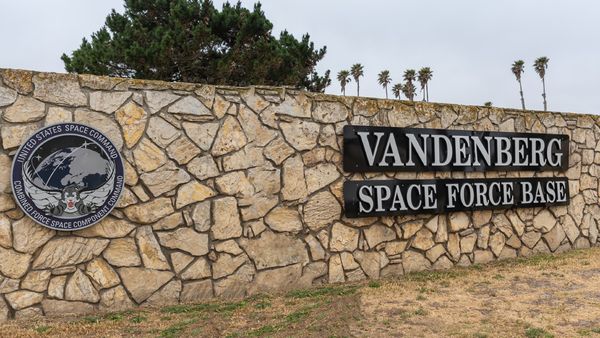What are the facts: Bacteria found in the sediments of the Sunderban delta region can withstand antibiotics, a new study has shown. The bacteria are developing antibiotic-resistant genes (ARG) due to the constant dumping of waste and pollutants in the network of waterbodies. Researchers found bacteria such as Rhizobium, Marinobacter, Arthrobacter and Cycloclasticusn in the sample collected from five islands. These bacteria are adept at degrading heavy pollutants such as polycyclic aromatic hydrocarbons (PAHs). At least 42 ARGs were found at various levels in these bacteria where 17 resistance genes were enriched while 25 were depleted. The study also found the diversity of ARGs in the mangrove region of Sunderbans and Kerala to be much higher than that of China.
Explained | Genetics and its Mendelian inheritance
What is the context?
- Antibiotics play a crucial role in killing pathogenic bacteria which cause infections in animals and humans.
- ARGs have significant negative effects on the environment and constitute a direct threat to public health.
- Antibiotic overuse or misuse in medical and agricultural settings has long been proven to be a factor in the emergence of ARGs.
- More recently, scientists have also been examining the development of antibiotic resistance in natural environments such as soil and water bodies, along with resistance due to plants or animals and human activity.
Explained | What is genome sequencing and why does the Genome India Project matter?
Why does it matter?
- The new study suggests that heavy-metal effluents and PAH pollutants have advanced the evolution of ARGs.
- “Our understanding of the effect of pollution also involves how it affects the natural environment, far from densely populated areas,” lead researcher, Abhrajyoti Ghosh, said in a press release.
- ARGs can ride along with a genetic component that transfers between bacterial cells as it travels inside the genome.
- “Once these resistance genes are in the environment, they spread among bacterial species between habitats and even migrate between connected aquatic ecosystems, and also spread to pathogens,” Paola Grenni, a microbial ecologist who was not involved in the study, said in the release.







